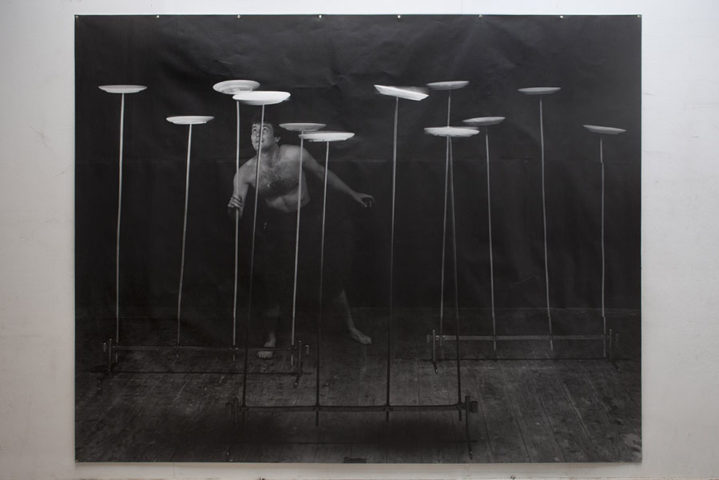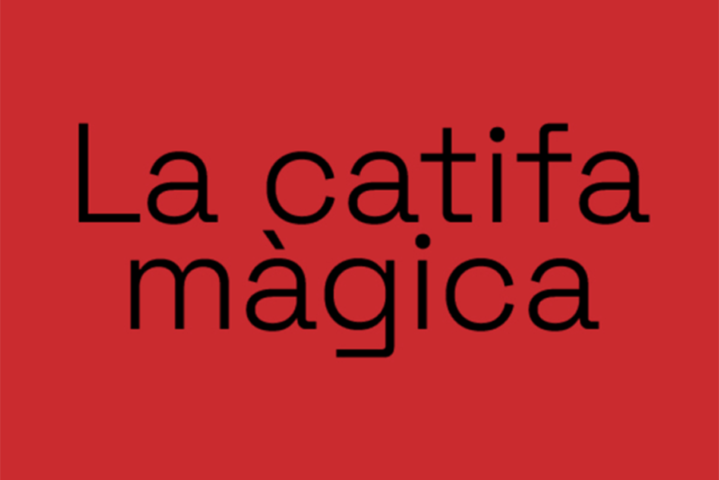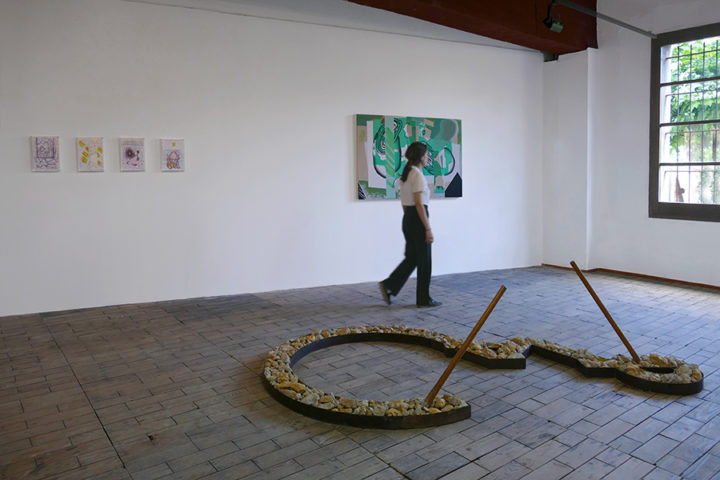Anatomies of stone, of wood. Iconicity among the columns of the forest. Afforestation, reforestation of images as living animals. Trees that work on wood. Visionary trees, icons: carvings of an imaginary raised by the same botany that fattens it. Forests with the smile of archaic sculpture. Crumbling stones on the stones. Men who become earth and trees who become man. Reverted figures of unending majesty. And three works, these: Pedra [Stone], Quatre columnes [Four Columns] and Un capitell [A Capital], ready to ambush. Only three works because the works are no longer indifferent to quantity, not anymore.






